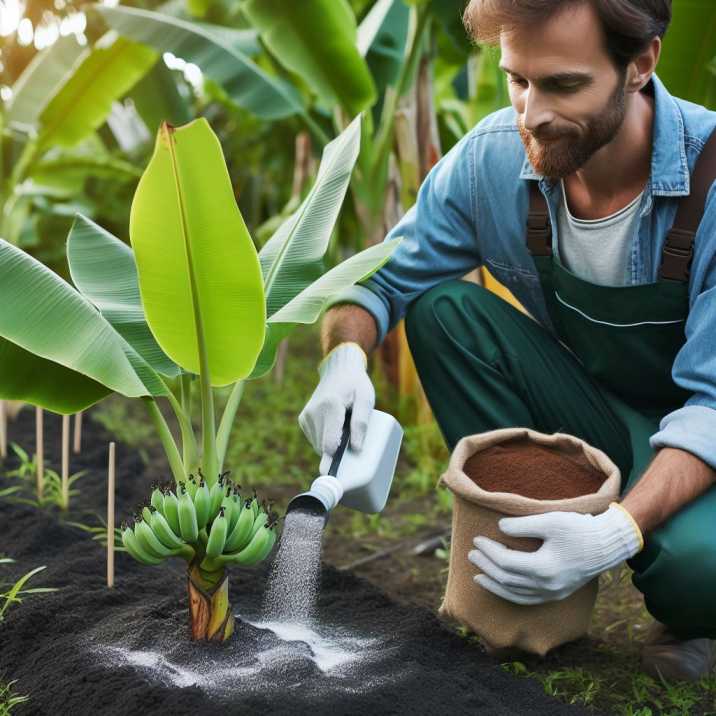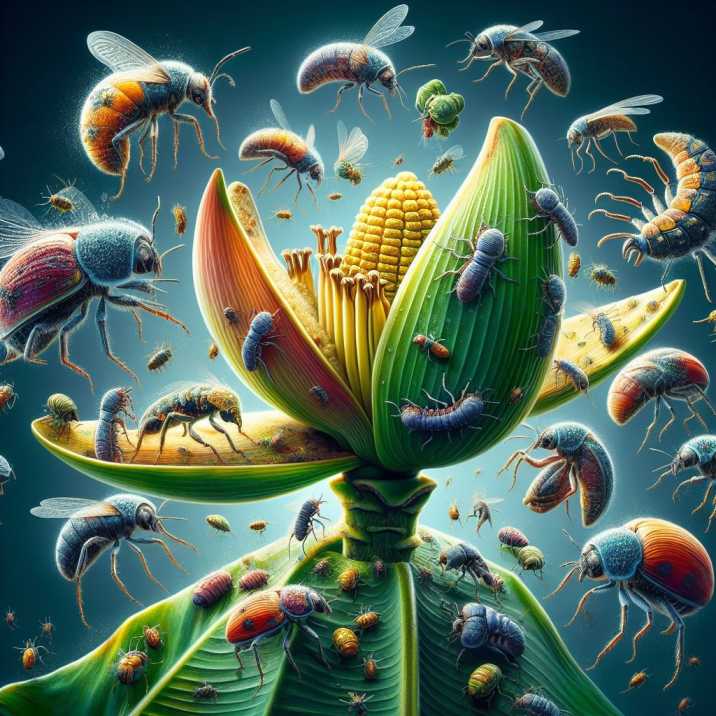Introduction:
Table of Contents
Essential Tips for Nurturing Baby Banana Plants
Banana plants, with their lush foliage and delicious fruits, are a delightful addition to any garden. However, caring for baby banana plants requires specific attention to their soil and fertilizer needs. In this comprehensive guide, we delve into the essential tips for nurturing these young plants to ensure healthy growth and bountiful harvests.
Understanding Soil Requirements:
Well-Draining Soil:
Baby banana plants thrive in well-draining soil to prevent waterlogging, which can lead to root rot. A mix of sandy loam enriched with organic matter provides the ideal growing medium.

pH Levels:
Maintain a slightly acidic to neutral pH level between 5.5 and 7 for optimal nutrient absorption. Regular soil testing helps monitor and adjust pH levels as needed.
Moisture Retention:
While drainage is crucial, young banana plants require consistent moisture to establish roots. Mulching around the plants helps retain soil moisture, especially during hot weather.
Fertilizer Requirements:
Balanced Fertilization:
Provide a balanced fertilizer with equal parts nitrogen (N), phosphorus (P), and potassium (K) to support overall plant growth. A 10-10-10 NPK ratio fertilizer is suitable for baby banana plants.
Application Frequency:
Apply fertilizer every 6-8 weeks during the growing season, starting from spring to early fall. Avoid over-fertilization, as it can cause salt buildup in the soil and harm the plants.
Foliar Feeding:
Supplement soil fertilization with occasional foliar feeding using a water-soluble fertilizer. This method ensures direct nutrient absorption through the leaves, enhancing plant vigor.
Maintaining Optimal Nutrition:
Microelement Supplements:
Along with NPK fertilizers, provide micronutrient supplements like iron, magnesium, and zinc to address any deficiencies. Incorporate these supplements into the soil or apply them as foliar sprays for effective absorption.

Information-Based Table:
| Soil Requirement | Fertilizer Requirement |
|---|---|
| Well-Draining | Balanced (10-10-10 NPK) |
| pH Level (5.5-7) | Application Frequency: Every 6-8 weeks |
| Moisture Retention | Foliar Feeding: Occasional |
| Organic Matter Enriched | Microelement Supplements |
Conclusion:
Successfully nurturing baby banana plants requires a careful balance of soil and fertilizer management. By understanding their specific requirements and providing adequate nutrition, gardeners can ensure robust growth and abundant harvests of these tropical delights.
FAQs:
- How often should I water baby banana plants?
- Water regularly, ensuring the soil remains moist but not waterlogged.
- Can I use compost as a fertilizer for baby banana plants?
- Yes, compost provides organic nutrients and improves soil structure.
- Do baby banana plants need full sunlight?
- Yes, they thrive in full sunlight for at least 6-8 hours a day.
- When should I repot baby banana plants?
- Repot when the roots outgrow the current container, typically every 1-2 years.
- Are banana plants prone to any pests or diseases?
- Yes, common pests include aphids and banana weevils, while diseases like Panama disease and black Sigatoka can affect plant health
